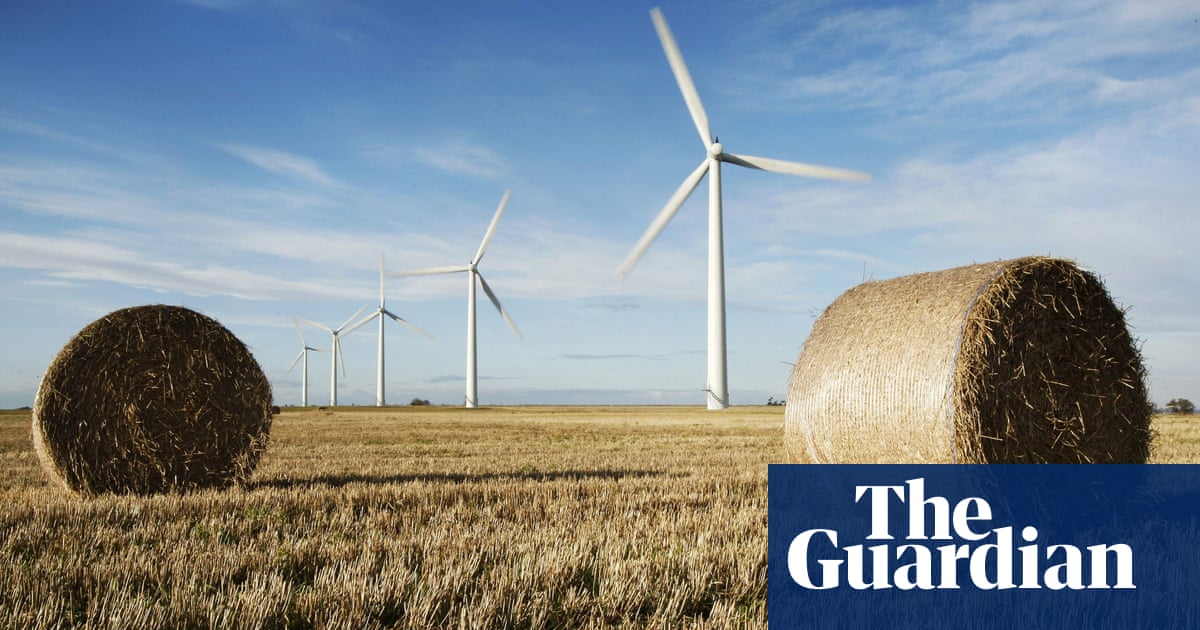Are you looking to reduce your carbon footprint and live a more sustainable lifestyle? Green living is the way to go! Making your home more eco-friendly is not only beneficial for the environment, but it can also save you money in the long run. In this article, we will discuss some simple steps you can take to make your home more eco-friendly.
One of the easiest ways to make your home more eco-friendly is by reducing energy consumption. This can be done by switching to energy-efficient appliances, installing programmable thermostats, and using LED light bulbs. According to the U.S. Department of Energy, using energy-efficient appliances can save you up to 30% on your energy bills. By making these simple changes, you can significantly reduce your carbon footprint and help protect the environment.
Another important aspect of green living is reducing water consumption. According to the Environmental Protection Agency, the average American family uses more than 300 gallons of water per day. By installing low-flow showerheads, fixing leaks, and using water-saving appliances, you can significantly reduce your water usage. Not only will this help conserve water resources, but it can also save you money on your water bills.
Incorporating sustainable materials into your home is also key to green living. This can include using recycled materials, bamboo flooring, and non-toxic paint. According to environmental expert Jane Goodall, “Choosing sustainable materials is not only good for the environment, but it can also create a healthier living space for you and your family.” By using sustainable materials, you can reduce your carbon footprint and help support a more eco-friendly lifestyle.
Creating a green living space is not only beneficial for the environment, but it can also improve your quality of life. By making your home more eco-friendly, you can reduce your energy and water consumption, save money on utility bills, and create a healthier living environment for you and your family. So why not start making small changes today to make your home more sustainable?
For more tips on sustainable living and green living, visit Planetary Citizens at sustainable living. Let’s work together to create a more eco-friendly world for future generations.

